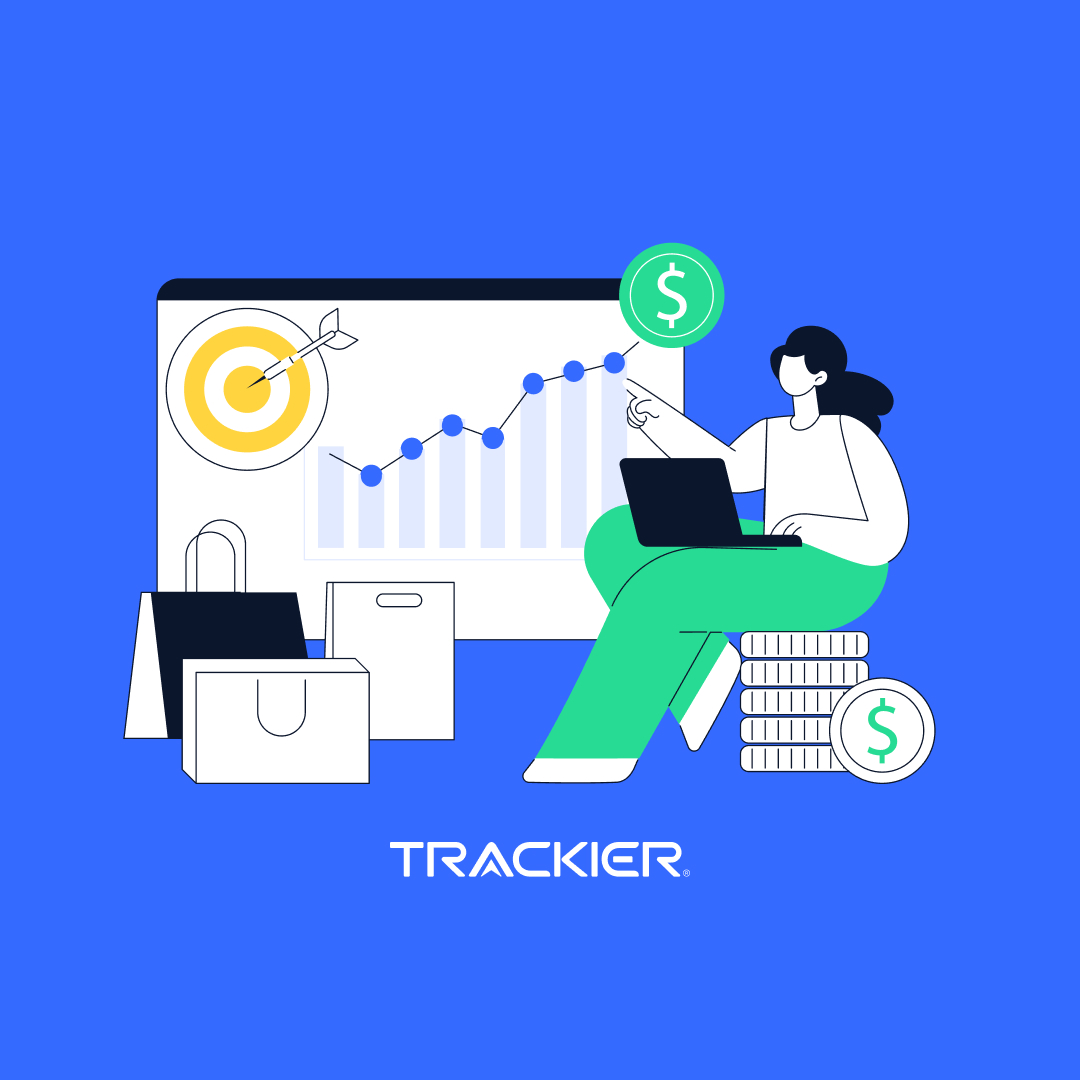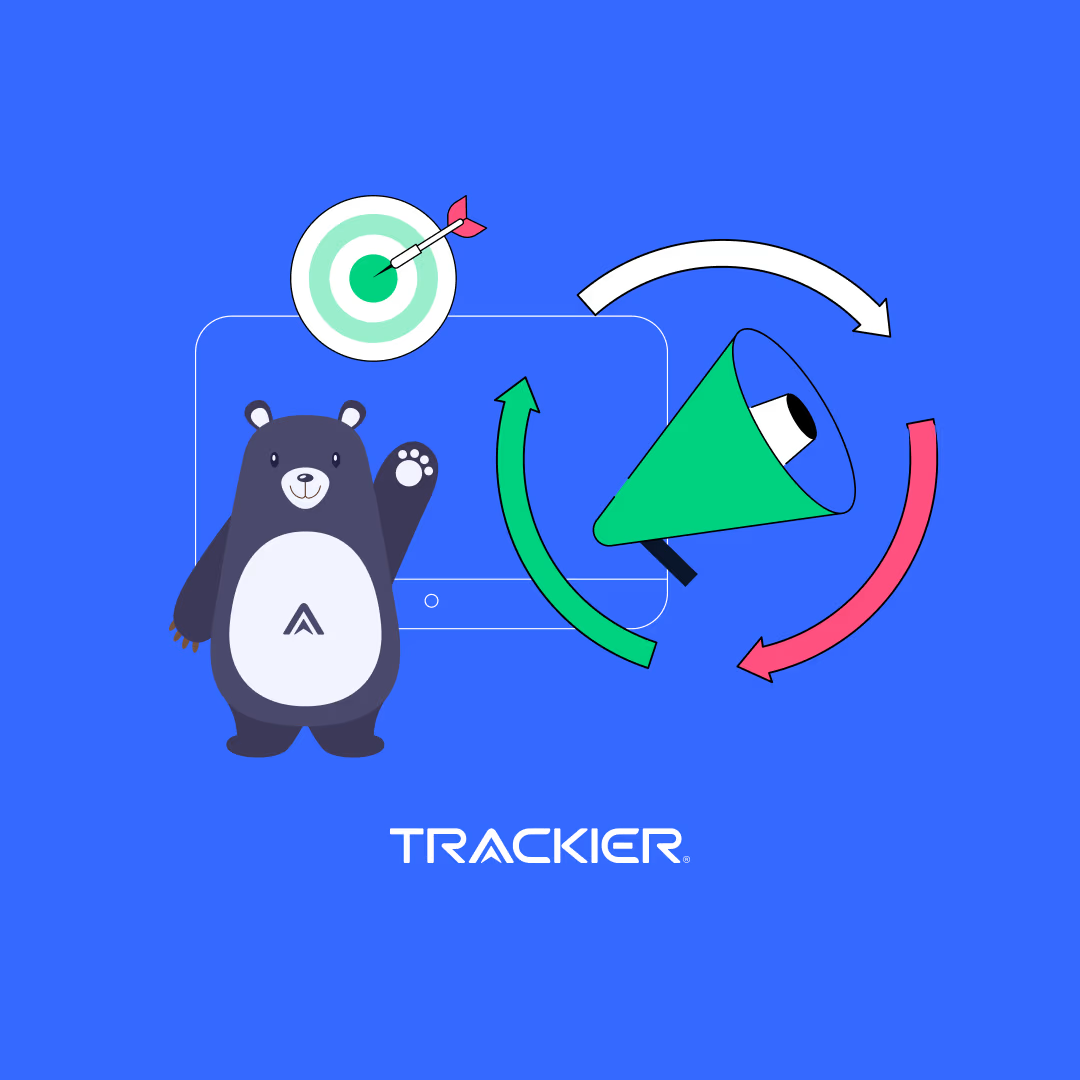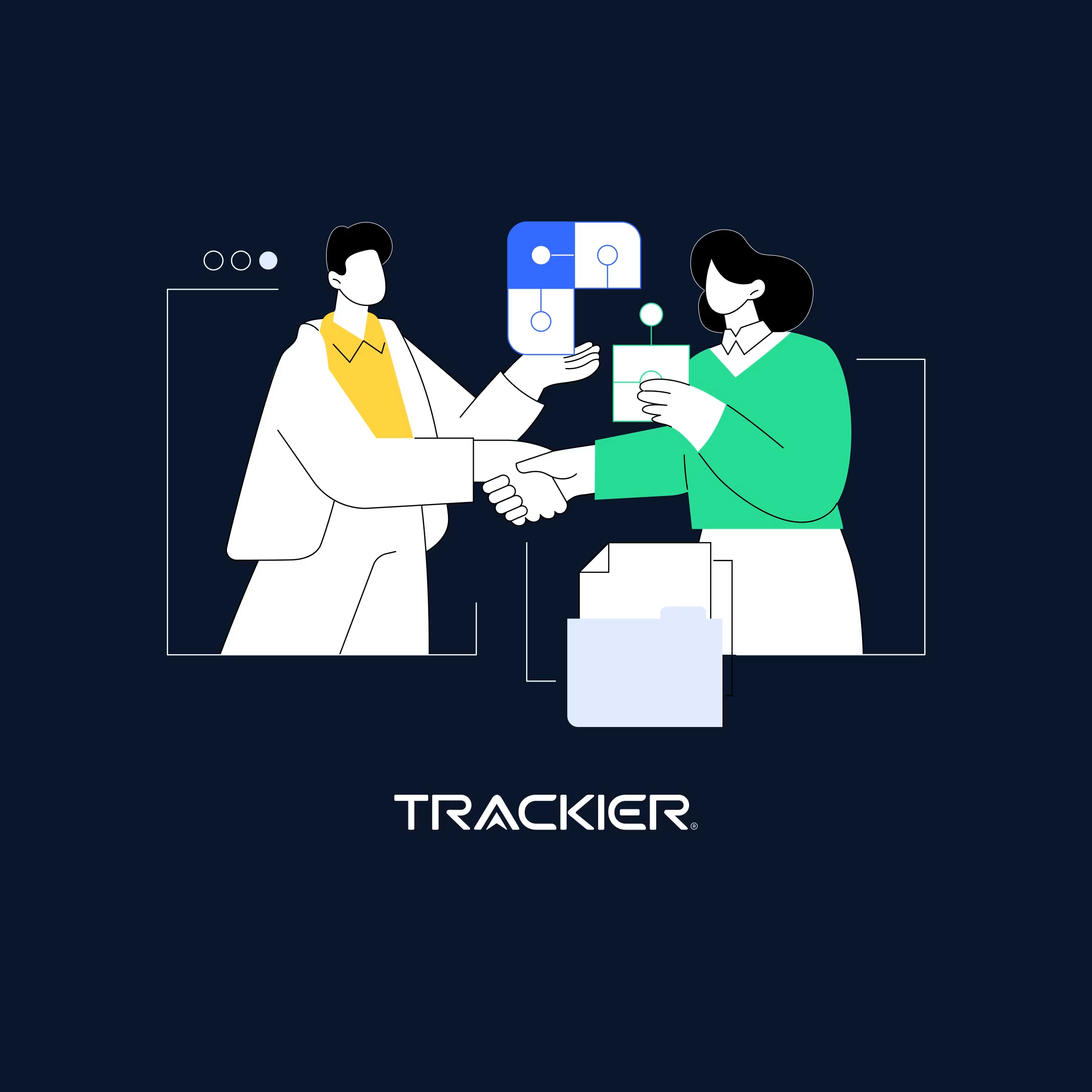In the growing economy, data is the new currency, and your ability to interpret it defines your growth. For every existing brand online, understanding what drives customers to complete a purchase and what holds them back is a complete advantage. This is where eCommerce Conversion Tracking steps in.
It is more than just measuring the sales happening around; it’s about understanding the ‘why’ behind the ‘buy’. Whether it’s an ad click, a product view, or an abandoned cart, every action reveals what works and what doesn’t.
Why Conversion Tracking Is the Heartbeat of eCommerce
eCommerce conversion tracking is the process of monitoring and analyzing how users interact with your online store, from product views to completed purchases. It helps businesses identify which channels, campaigns, and customer journeys are driving results.
Simply put, it answers:
- Which marketing campaigns bring the most sales?
- What’s causing cart abandonment?
- How do visitors move through your site before making a purchase?
Tracking these metrics empowers brands to make data-backed decisions and maximize ROI.
What Exactly Is eCommerce Conversion Tracking?
The eCommerce landscape in 2025 is all about personalization, privacy, and precision. With rising customer expectations and new data privacy laws, brands must strike the right balance between collecting insights and respecting user consent. This is where eCommerce Conversion Tracking comes in action.
Here’s why conversion tracking is more critical than ever:
- Multi-touch attribution reveals the entire customer journey, not just the final click.
- AI-powered insights identify purchase intent patterns faster than traditional analytics.
- Cookieless tracking solutions ensure compliance with new data regulations.
- Omnichannel tracking helps brands connect data from web, mobile, and social platforms seamlessly.
The Evolution of Conversion Tracking
In the last decade, conversion tracking has shifted dramatically:
| Year | Key Trends | Impact |
| 2015-2018 | Cookie-based tracking | Dependent on browser data and pixels. |
| 2019-2021 | Cross-device and multi-channel analytics | Unified customer journeys across devices. |
| 2022-2023 | Privacy-first tracking (GDPR, iOS14 updates) | Reduced visibility into user data; rise of first-party data. |
| 2024-2025 | AI-powered predictive analytics | Forecasting conversions before they happen. |
Why eCommerce Conversion Tracking Matters More Than Ever
Here’s what makes eCommerce conversion tracking indispensable in 2025:
- Rising Acquisition Costs – Paid ads are more expensive than ever. Tracking ensures you get maximum ROI from each channel.
- Complex User Journeys – Customers switch between platforms, from Instagram ads to Google search to your app, before buying.
- Privacy and Consent Changes – Cookieless tracking solutions are critical to maintaining compliance and accuracy.
- AI-Driven Personalization – Personalized experiences are built on accurate tracking data.
- Revenue Optimization – You can’t improve what you don’t measure. Tracking connects every marketing action to sales performance.
Core Metrics to Measure in eCommerce Conversion Tracking
To understand performance deeply, track beyond just “sales.” Focus on micro and macro conversions that reveal intent and engagement.
1. Conversion Rate (CR)
- The percentage of users who complete a desired action.
- Formula: (Total Conversions ÷ Total Visitors) × 100
- High conversion rates indicate effective messaging, design, and targeting.
2. Cart Abandonment Rate
- Shows how many users leave without completing checkout.
- Use cart recovery emails or on-exit offers to win back customers.
3. Click-Through Rate (CTR)
- Measures how engaging your ads or CTAs are.
- Low CTR? Your ad creative or targeting might need optimization.
4. Customer Acquisition Cost (CAC)
- Understand how much you spend per conversion to balance ROI.
5. Customer Lifetime Value (CLV)
- Measures total expected revenue from a single customer.
- The higher your CLV, the more sustainable your business.
6. Average Order Value (AOV)
- Helps identify opportunities for upselling and bundling.
7. Traffic Source Attribution
- Reveals which channels, organic, paid, email, or social, drive your most valuable customers.
8. Return on Ad Spend (ROAS)
- A key profitability metric connecting ad investment to sales return.
How to Set Up eCommerce Conversion Tracking: Step-by-Step
Step 1: Identify Key Conversion Goals
Ask yourself, what actions define success for your business?
Examples:
- Purchases
- Email sign-ups
- Adding items to the cart
- Subscription starts
Step 2: Install Tracking Pixels
- Add tools like Meta Pixel, Google Tag, or TikTok Pixel to capture event data.
Step 3: Configure Events and Parameters
Within your analytics tool (like GA4), configure events such as:
- add_to_cart
- begin_checkout
- purchase
- view_item_list
Step 4: Integrate Marketing Channels
- Connect Google Ads, Meta Ads, and your CRM so every touchpoint contributes to a unified view.
Step 5: Create Conversion Funnels
Map user journeys, from product view to checkout, to see where users drop off.
Step 6: Optimize and Iterate
Use A/B testing to tweak headlines, CTAs, and product page layouts to boost conversions.
Advanced Conversion Tracking Strategies for 2025
1. Server-Side Tracking
Instead of relying on browser data, server-side tracking processes events directly on your server, improving accuracy and bypassing ad-blockers.
2. AI-Powered Attribution
AI models predict which marketing channels will convert best, optimizing ad spend dynamically in real-time.
3. Predictive Conversion Analytics
Using tools like GA4 and Trackier, brands can forecast future conversions and budget more efficiently.
4. Omnichannel & Cross-Device Tracking
Track user behavior across mobile, desktop, app, and offline touchpoints for a complete picture.
5. Post-Purchase Analytics
Monitor customer engagement after checkout, through loyalty programs, reviews, and repeat purchases, to improve retention.
Real-World Example: How Smart Tracking Boosts Conversions
Let’s say an eCommerce brand notices that 60% of its paid traffic leaves before checkout. By using GA4 + Hotjar, they identify that users often abandon the page due to slow load time and confusing shipping info.
After optimizing site speed and adding transparent shipping costs:
- Conversion rate rises by 27%
- Cart abandonment drops by 19%
- Overall revenue increases by 34% in 3 months
That’s the power of precise tracking, turning insights into revenue.
Common Mistakes in Conversion Tracking
Even the best brands slip up. Avoid these pitfalls:
- Not testing tracking pixels regularly
- Focusing only on sales conversions (ignoring micro conversions)
- Using last-click attribution models
- Not accounting for mobile or app data
- Ignoring consent management (GDPR, CCPA)
The Future of eCommerce Conversion Tracking
As we head deeper into the AI and privacy-first era, conversion tracking will become:
- Predictive rather than reactive
- Cookieless yet more accurate
- Personalized yet compliant
Emerging trends include:
- Zero-party data collection, customers willingly sharing data
- AI-automated campaign optimization
- Voice and AR tracking for next-gen shopping experiences
- Unified data ecosystems that merge marketing, product, and customer insights
Brands that adapt early will dominate, not just by tracking conversions, but by creating experiences that convert naturally.
Bringing It All Together
In 2025, eCommerce conversion tracking is no longer optional; it’s your growth engine. With deeper attribution clarity and real-time performance visibility, you gain the power to optimise every touchpoint with confidence. By blending advanced analytics, privacy-first solutions, and customer-centric thinking, your brand can unlock insights that lead to smarter decisions and higher revenue.
Remember, the brands that track effectively today will dominate tomorrow.
FAQs
What is conversion tracking?
Conversion tracking is the process of monitoring and measuring the actions users take after interacting with your marketing or advertising campaigns, such as making a purchase, signing up, downloading an app, or filling out a form. It helps you understand which channels, ads, or keywords are driving valuable results so you can optimize performance and improve ROI.
Is a 30% conversion rate good?
A 30% conversion rate is considered very good in most industries. Typical conversion rates often range between 2%–10%, depending on the product, traffic quality, and funnel. Hitting 30% usually means your audience is highly targeted, your offer is strong, and your user experience is optimized.
What is the CVR formula in e-commerce?
The CVR (Conversion Rate) formula in eCommerce is:
CVR= (Total Conversions/Total Visitors)×100
It tells you the percentage of website visitors who completed a desired action, such as making a purchase.
How do I track conversions on my online store?
You can track conversions by installing tracking pixels, using analytics tools like Google Analytics, and integrating your store with marketing platforms that record actions such as purchases, sign-ups, or add-to-cart events.
What are micro-conversions in eCommerce?
Micro-conversions are small actions users take before completing a final purchase, like adding items to the cart, signing up for a newsletter, or viewing product pages. They indicate buying intent and help you optimize the funnel.
How often should I analyze my conversion data?
Conversion data should be analyzed weekly for performance insights and monthly for strategic decisions. High-traffic stores may review data daily for faster optimization.
What is multi-touch conversion tracking?
Multi-touch conversion tracking identifies all the marketing touchpoints a customer interacts with before making a purchase, helping you understand which channels contribute the most to conversions.
How can I improve my e-commerce conversion rate?
You can improve conversion rates by optimizing product pages, speeding up your website, improving ad targeting, offering clear CTAs, simplifying checkout, and using remarketing to bring back interested shoppers.



